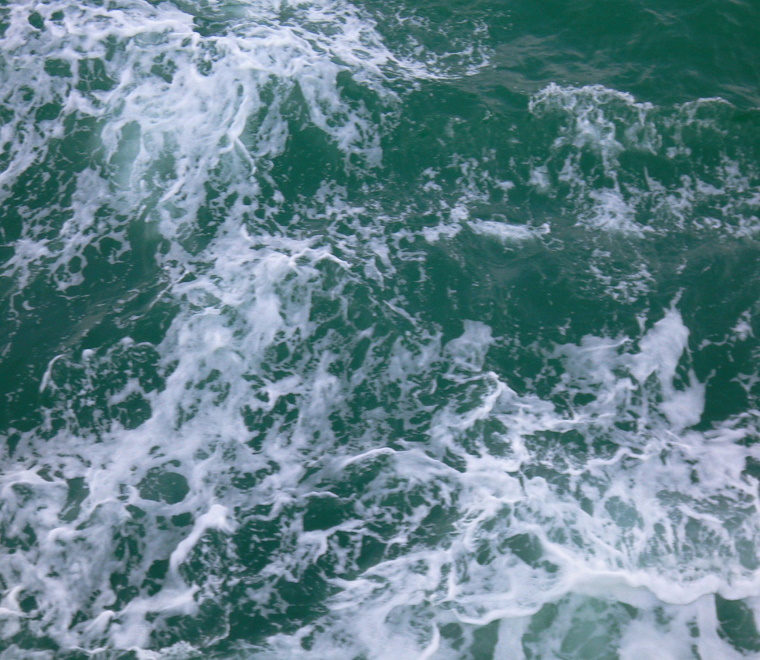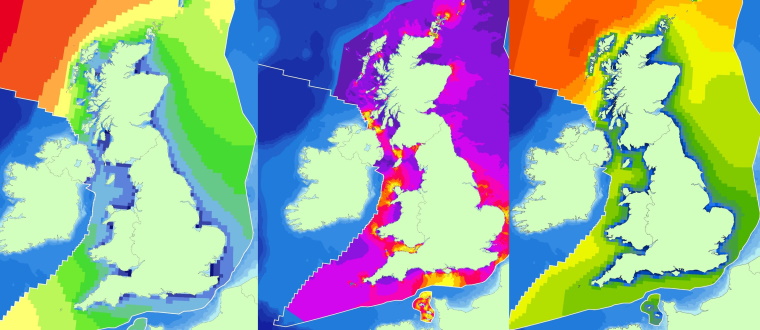

Tidal power sector gains turbulence characterisation assessment service
ABPmer, ITPower, Ocean Array Systems and Partrac, in association with Rockand Scientific Inc, now offer a turbulence measurement and assessment service to help address uncertainties faced during commercial energy extraction in tidal races.
The consortium that delivered the Scottish Government funded Turbulence in Marine Environments (TiME) project is pleased to announce that they now offer a turbulence measurement and assessment service to the tidal power sector.
Tidal races are the preferred sites of commercial energy extraction because these geographic areas are sites of amplified flow, which increases the energy density available for extraction. However, these sites are rarely uniform in width or depth, and they often have irregular seabed topography, creating highly turbulent tidal currents.
The recently completed TiME project, part-funded by the Scottish Government Marine Renewables Commercialisation Fund (MRCF) Array Technology Innovation Programme, and administered by the Carbon Trust, was established in response to the such uncertainties. The over-arching aim of the project was to develop – using a combination of modelling, field measurement and theoretical analysis - a framework for measuring, classifying and predicting the effect of turbulence on resource assessment, device design/operation and array yield.
The project collected turbulence data at two commercially relevant Scottish tidal power sites: the Sound of Jura and the Inner Sound and demonstrated a project demonstrated a practical and efficient end-to-end process (perhaps turnkey approach?) for measuring, characterising and simulating the effect of site-specific turbulence.
Kevin Black, Technical Director at Partrac, a spokesman for the project said:
“Turbulence – the unsteady component of flow – has significant consequences for structural loading and component fatigue, energy yield, wake development and hence array planning.
“At present tidal energy device designers and array developers do not yet have the means to understand, predict or model unsteady interactions between their devices and flow turbulence, a status quo explicitly recognised in the present standard for tidal resource assessment and characterisation. This leads directly to an over-engineering of devices (increasing their capital cost) or under-engineering (leading to device failure or frequent maintenance requirement, adversely affecting operating costs).
“Improving the understanding of turbulence in places of interest therefore has its benefits especially in terms of lowering costs. We are therefore really excited to share the experience gained, lessons learned and findings from the TiME project with the market. We can now offer a singular cost-effective but rigorous measurement campaign, data analyses and performance assessment methodology available to anyone.”
The technical outputs from the TiME project have been disseminated in the form of a number of Best Practise Guidance Documents for the tidal power sector which are available at the Wave and Tidal Knowledge Network website.
The TiME project was delivered as a consortium comprising ABPmer (Southampton), ITPower (Bristol), Ocean Array Systems (Cambridge), Partrac (Glasgow) in association with technology supplier Rockand Scientific Inc.
For further details, contact Kevin Black at Partrac on kblack@partrac.com.



